I have suffered from cycling knee pain both on and off the bike. This article discusses my personal insight into cycling knee pain and provides information about what worked for me.
NOTE: I’m not a qualified professional in this area. This is written from my experience and is not a substitute for professional medical advice. What worked for me is no guarantee that it will work for you. If you suffer knee pain, I recommend seeking help from qualified medical professionals.
In my mind, there are two types of cycling knee pain or injury.
The first type of cycling knee pain is relatively straightforward to resolve. This is the knee pain that results from some minor tendinitis due to increasing your kilometres too soon or from an accident that results in physical damage to the knee joint, like a strain or a tendon tear. Most competent medical professionals can diagnose these problems quickly and have standard and proven surgical and rehabilitation procedures to address them. These are generally problems that result from a singular event that triggers the pain, like a fall off the bike or a rapid increase in kilometres. This is where you have no history of cycling knee pain before the event. When treated correctly, your knees recover within the appropriate amount of time.
The second is a little more challenging to address. Your knees get sore and relate to no apparent singular event. You ride your bike normally and steadily increase your kilometres; slowly, your knees get sore over time. You rest, and the pain slowly goes away but lingers. You might find that you can cope with 150km a week, but increasing your kilometres over 150km results in pain that doesn’t go away. Your knees hurt at night. You wake in the morning, and they still hurt. You go to work, and you can feel your knees ache while sitting at your desk. Climbing stairs is painful. It’s frustrating. To solve this type of cycling knee pain, it’s important to find the right professionals to dive deep into and address the root cause of your knee pain, not the symptoms.
Here is a list of things that I have tried to resolve my knee pain:
Seek professional medical advice for cycling knee pain
Critical. You want to find out what you are dealing with so that you can put together an action plan. If you have sore knees and the pain lingers, then book yourself to see a sports doctor and get some MRI scans (if advised by your doctor) done. This will reduce the guesswork, help you find out exactly what the problem is and speed up the process of resolving the issue with the least amount of frustration. In my case, I found that I had worn a hole in my cartridge in my left knee while my right knee was reasonably sound. Once we had this information, I worked with my doctor to create a management plan. More on what we did later in this article.
Professional physiotherapy therapy for cycling knee pain
It’s crucial to work with a physiotherapist who understands cycling well, as the issues cyclists face can differ from those in other sports. Strengthening exercises are helpful, but they need to be a blend of isolation exercises for targeted muscle activation and functional strength exercises. For example, the exercises I’ve included in our off-the-bike strength training program developed alongside strength and conditioning coach Matt Brindle. Matt played a key role in my own rehabilitation, and together, we designed the program to help cyclists build overall body conditioning.
Whether surgery is needed or not, pre- and post-rehabilitation strength training is essential for recovery. It helps prepare the body before any procedure and ensures a more effective and smoother recovery. When working with your physiotherapist, the goal is to have them develop a personalised program for you. The intent is to start with isolation exercises to activate muscles gradually and then progress to functional movements that support cycling and general movement patterns. But again, this is the discussion that you’ll need to have with your physiotherapist.
Trigger point therapy and massage for cycling knee pain
Excellent. Large improvements within days of being treated. I read a book by Clair Davies called The Trigger Point Therapy Workbook. Made a lot of sense to me. I would recommend it to anyone with ongoing chronic pain. There are some excellent Myotherapists/Massage therapists out there. I found the ones that could work on my hip flexors to be the most successful. The muscle can’t function properly if it has a trigger point present. I don’t know all the facts as to why it works, but I’ve found it to be the singularly most effective way of sorting out tightness in my legs and helping with my general ongoing body maintenance.
Bicycle set up to help avoid cycling knee pain
Critical. Yes, it’s very important to get the best bike fit you can find if you have any knee pain. It’s really important to pay close attention to cleat placement, shims, inserts, packers, and other devices to help align the foot correctly on the pedal. Seat height and forward/aft position is also important. Bike shops are usually good at getting you close to an ideal position, but if you still have issues, you may have to see someone more specialised. I found that a good position was fundamental to resolving my knee pain.
Pedals and cleat position to reduce cycling knee pain
Critical. Pedal selection and cleat position are critical to good knee function. I have tried several pedal systems. Some have worked better than others. My knees prefer to be on a very solid platform as they don’t like the lateral roll that some pedal systems get once they get a little worn. It’s important to try a few different pedal systems until you find one that works for you. You may find lots of float and slop in the pedal works better for you than a firm, tight system like what I have chosen. Talk to your bike fit specialist.
Check that your seat is straight
Important, check your seat to ensure that it’s straight! If you have an accident or an old seat take note that they do wear out and bend out of shape. One way to check that your seat is straight is to set your bike up in a home trainer. Then place a spirit level across the back of the seat at right angles to the top tube of your bike to check if it is level. If it has a lean then one of your bum checks will be sitting lower than the other. This effectively means that the leg on the higher side of the seat is going to have to reach further towards the pedal than the other leg. Click here for further information.
Pharmaceuticals that help with cycling knee pain
Critical. Anti-inflammatory pain medications and gels can help manage pain in the short term, but recent research suggests they should not be heavily relied upon for long-term recovery. Studies have shown that chronic use of anti-inflammatories may hinder the body’s natural healing process, as inflammation is a key part of tissue repair, as highlighted in studies like those by R. D. K. Jones. When I build up my kilometres in the early season, I experience some tendinitis in my knees. I find anti-inflammatory pain medications can help me manage the pain temporarily, but I know that building strength in my knee joints is the key to long-term relief. Typically, it takes around three weeks for my knees to feel better. I strongly recommend working with your sports doctor to create a management plan tailored to your needs.
Pedalling style
A lot of people recommend spinning. That is pedalling the bike at high cadences to reduce the strain on your knees. You may find this helps. Especially when climbing hills. But you may find that loading up your knees helps. Like doing big gear hill repeats at a low cadence. It’s important to find out what works for you: spinning or grinding the gear. When I moved to a compact crankset (50/34) and an 11-32 rear cassette, I noticed a big reduction in my knee pain.
Where to next
Check out our off-the-bike strength training that helps with knee pain
Check out our training programs that help with rehabilitation

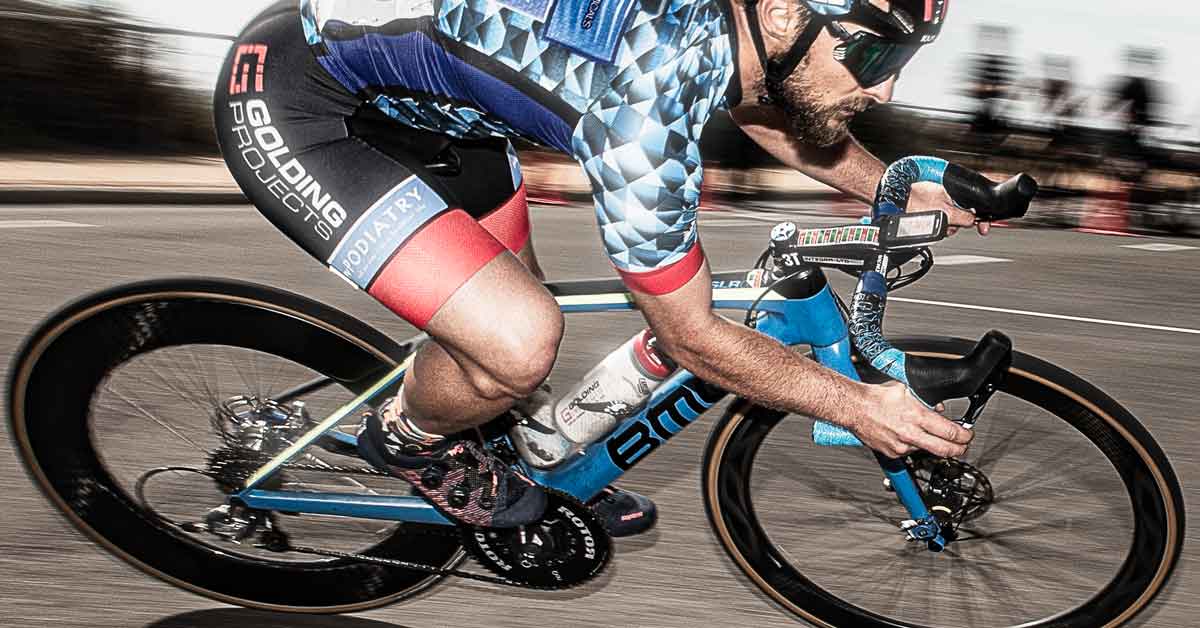
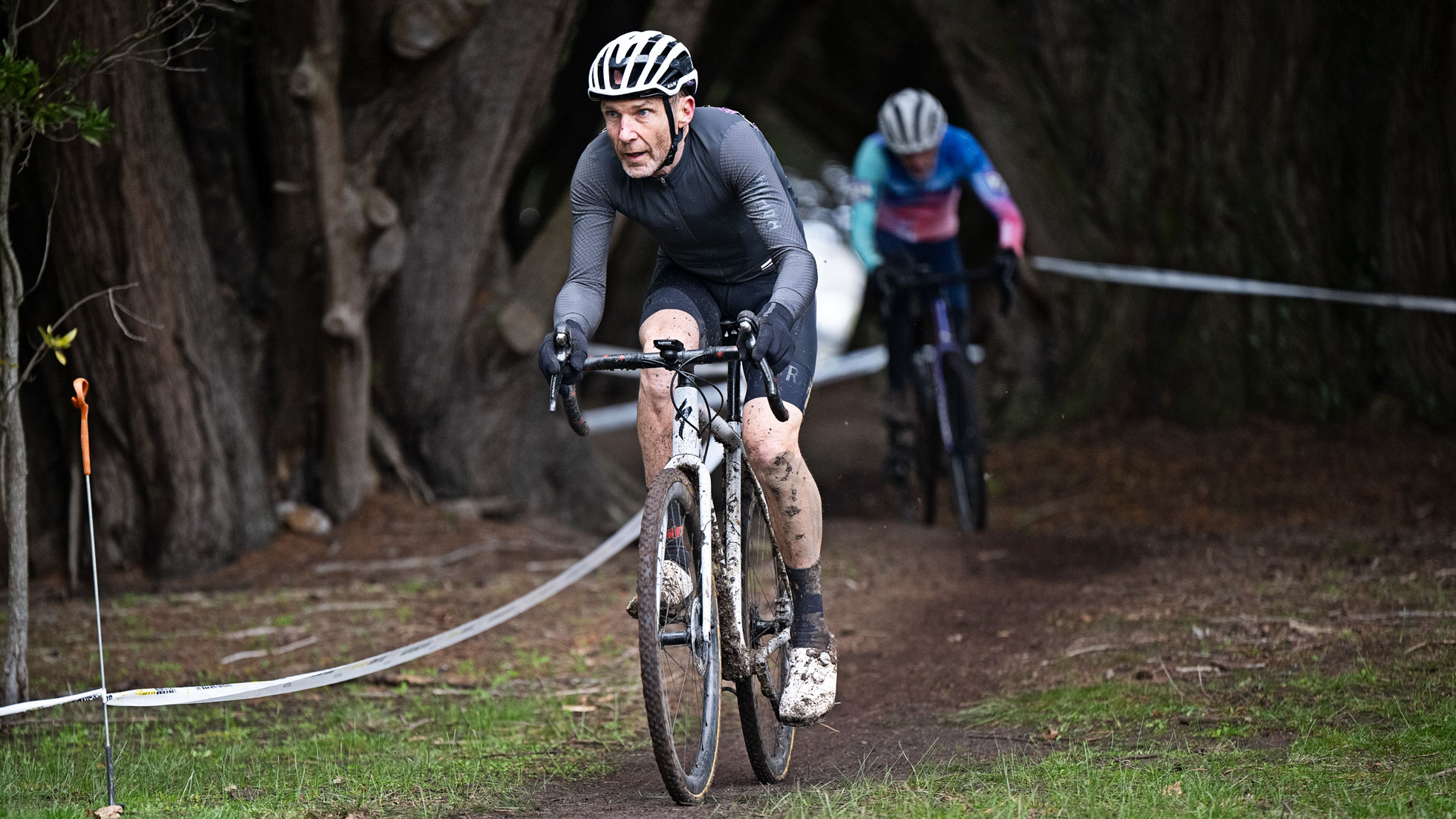
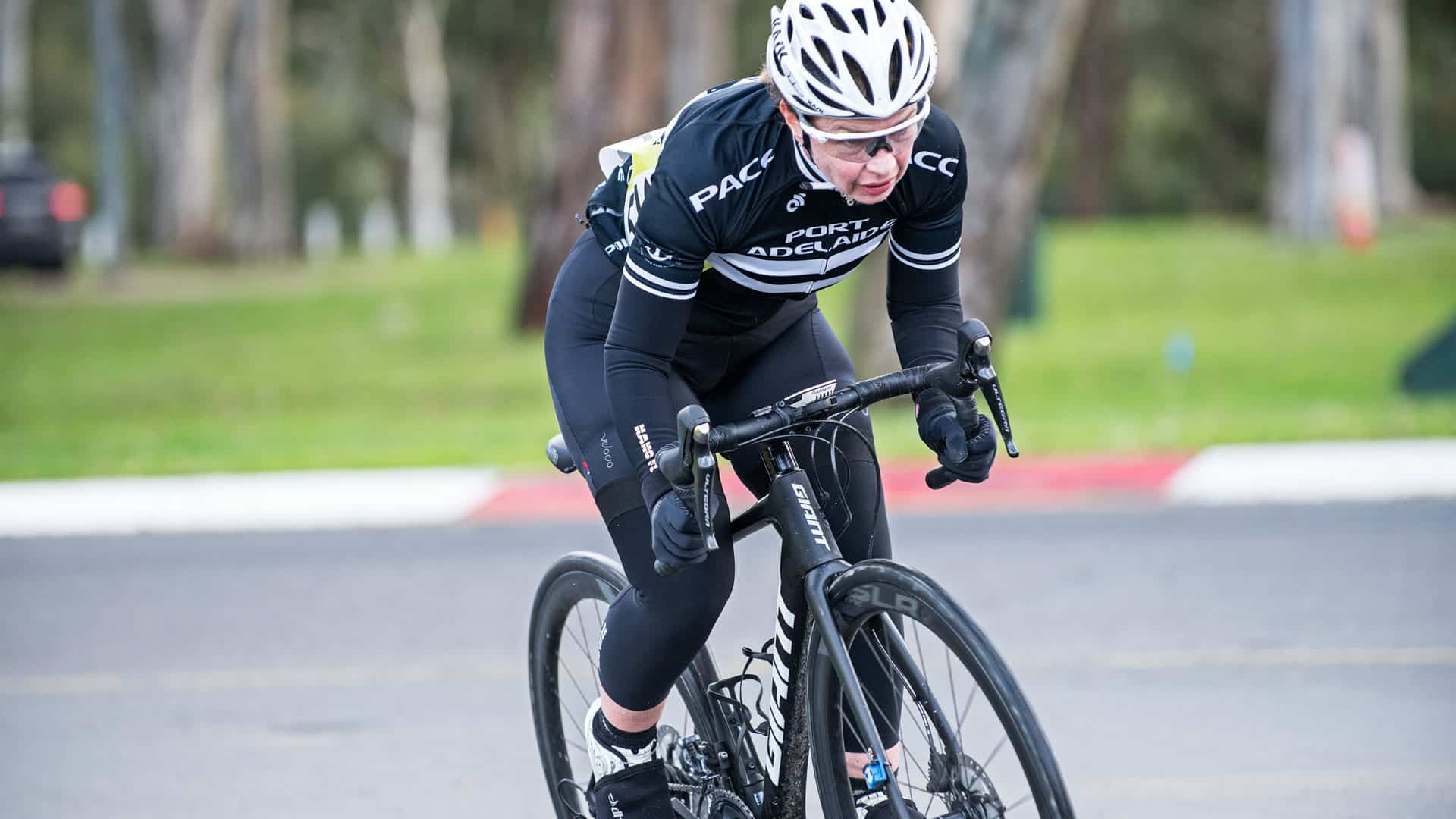
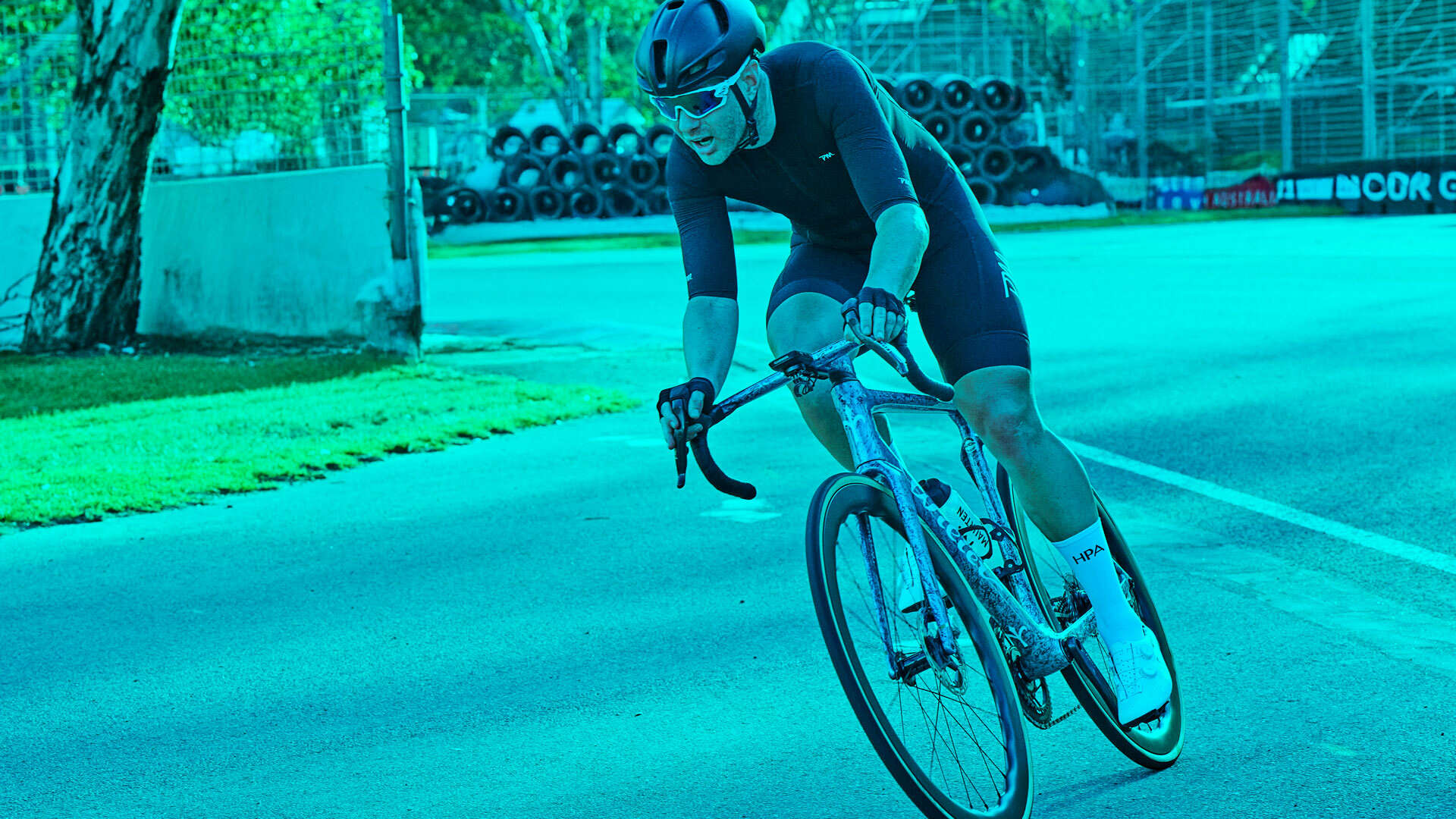
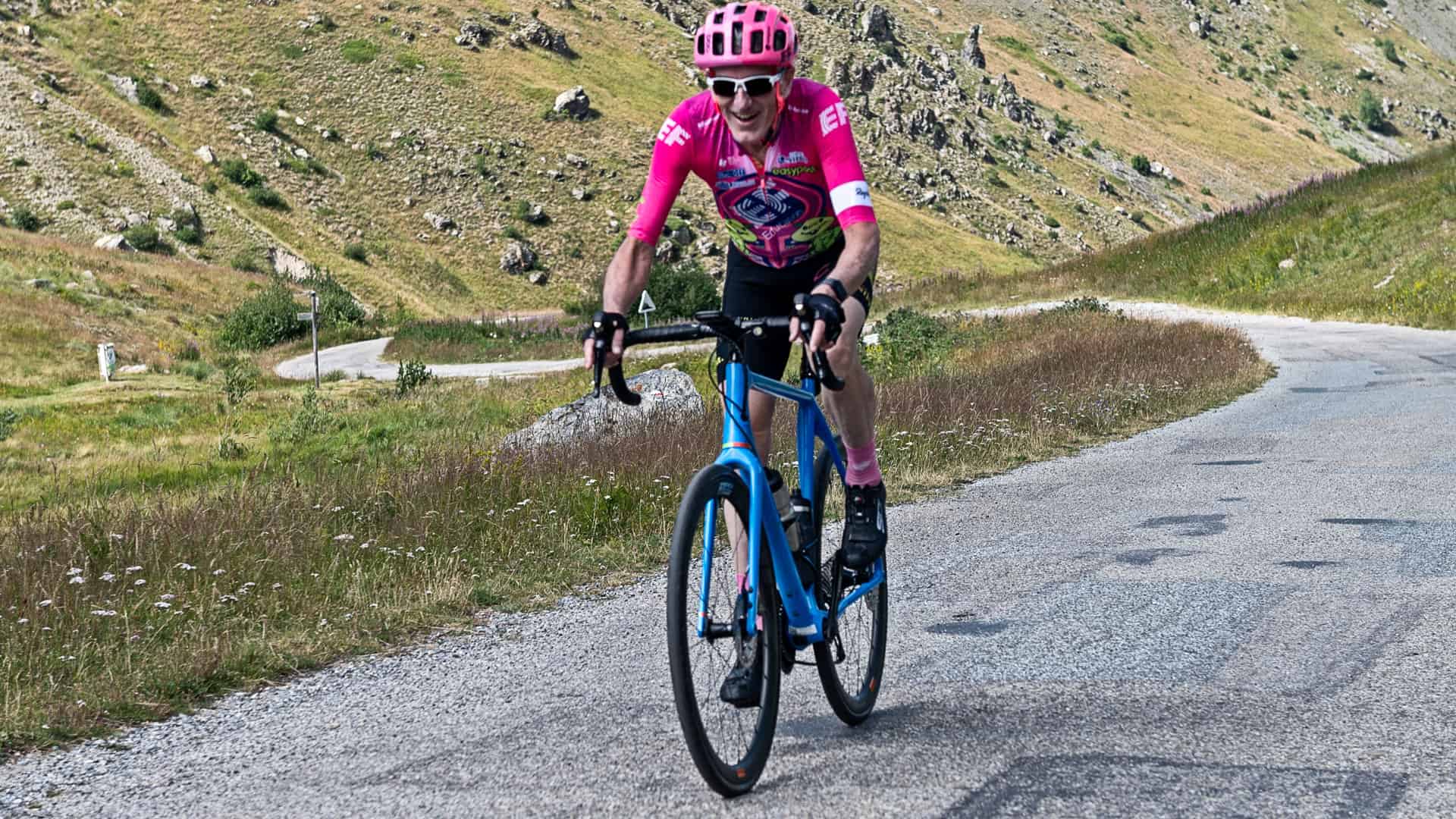
Leave A Comment